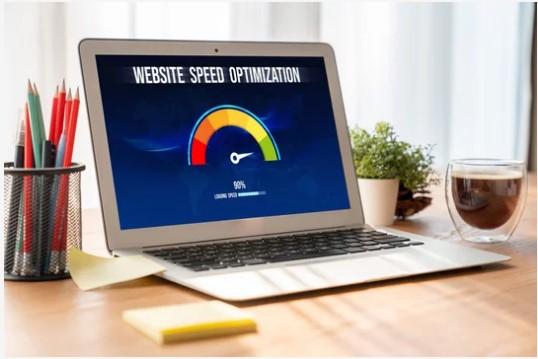Nobody likes a pokey website. It’s like waiting for a kettle to boil—annoying, and people just give up. If your site’s slow, you’re losing visitors fast. But don’t worry! You can make it zippy with three simple fixes: image compression, caching, and content delivery networks (CDNs). Let’s walk through them like we’re chatting over coffee.
Image Compression: Slim Down Those Pics
Images make your site pop—think product shots or cool graphics. But big files are like stuffing your backpack with bricks. They slow everything down.
A 5MB photo can often be shrunk to 200KB and still look fantastic. Here’s how to do it:
- Pick the right format: JPEG for photos, PNG for logos or transparent stuff, or WebP for small, sharp images.
- Resize images to fit your site. If your page shows them at 800px wide, don’t upload a 4000px version.
- Use free tools like TinyPNG, Squoosh, or ImageOptim to compress files without losing their charm.
This can make your site load way faster, especially if you’ve got tons of images.
Caching: Don’t Repeat Yourself
Your site has bits like logos, fonts, or styles that show up everywhere. Reloading them each time is like rewriting your grocery list for every trip. Caching saves those bits for reuse.
Here’s the deal:
- Browser caching: Stores files on visitors’ devices for quick loading.
- Server-side caching: Keeps pre-made pages so your server doesn’t overwork.
- Plugins: WordPress users, try WP Super Cache for an easy win.
Your web host probably has caching options ready—just give them a nudge to turn it on.
CDNs: Make Your Site a Speedy Traveler
A Content Delivery Network (CDN) is like having your site’s stuff stored in warehouses worldwide. Images, scripts, and fonts get delivered from a server near your visitor, not from halfway across the globe.
If your site’s hosted in New York but someone’s browsing from Paris, a CDN grabs content from a European server. It’s faster and keeps your main server relaxed. Cloudflare’s a great pick, with free plans for small sites.
Why Speed’s a Big Win
A fast site does awesome things:
- SEO: Google bumps up quick sites in search rankings.
- Happy visitors: Fast pages keep people clicking, not leaving.
- Mobile: Speed’s a lifesaver on slow connections.
If your site takes more than a few seconds to load, you’re losing friends.
Your Easy Plan
Start by checking your site’s speed with Google PageSpeed Insights, GTmetrix, or WebPageTest. They’ll show you what’s dragging. Then:
- Compress your biggest images for a quick boost.
- Turn on caching through your host or CMS.
- Set up a CDN like Cloudflare to go global.
Do one thing at a time, test, and keep going.
Got a Web Designer?
If you’re working with a web designer Singapore or web design services, make sure they’re speed-savvy. Ask:
- Are images slimmed down and ready?
- Is caching set up to save time?
- Are we using a CDN?
If they’re not on top of these, your site’s gonna lag.
Wrap It Up
A fast website is like a warm welcome—it keeps people coming back. Image compression, caching, and CDNs are your tools to make it happen. Start today, and watch your site shine!

